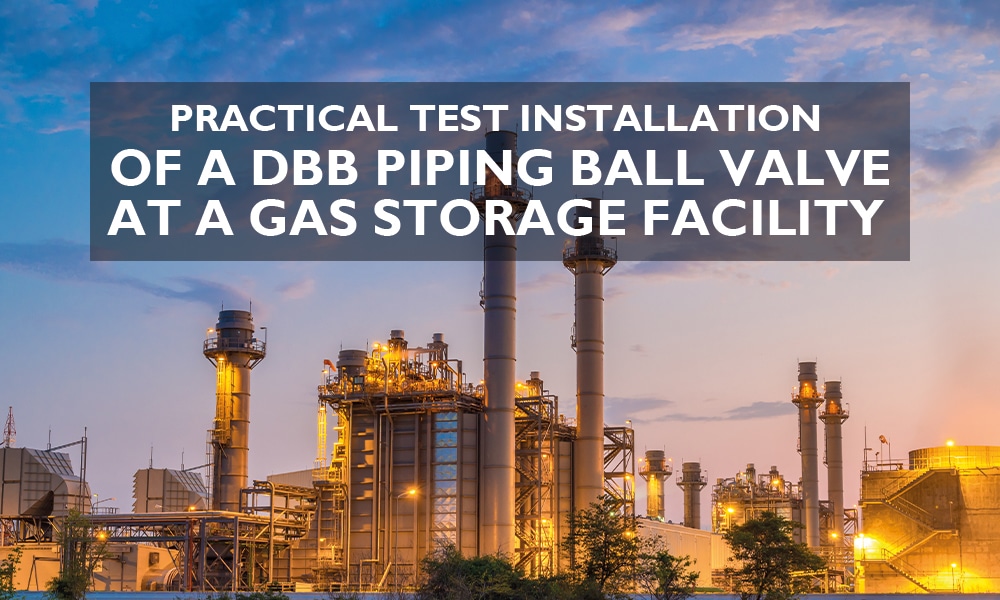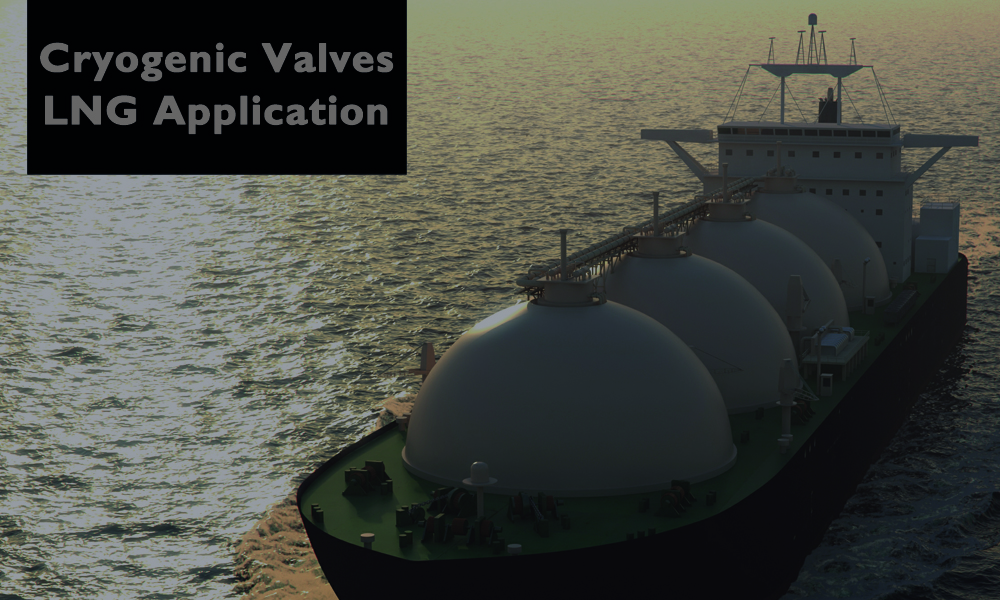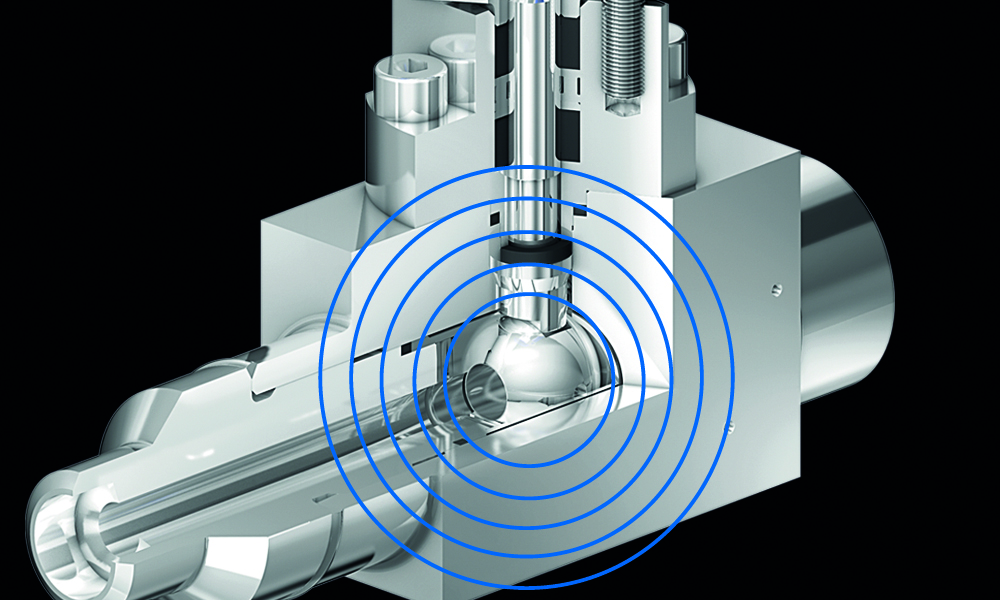One of the things that I enjoy the most about my job is discussing new improvement opportunities with clients. Situations like that push me to engineer viable solutions that solve operational setbacks, so they can enjoy more reliability and safety at work. And that was what happened when I designed the practical test installation procedure I’m about to share. It was for a double block and bleed (DBB) ball valve installed in a gas storage facility.
Continue readingCryogenic valves for LNG application – Part 2
In our second part of the cryogenic valve series I would like to responsive on questions like “What are the challenges of using cryogenic?”, “Selecting a valve for cryogenic service.”, “How can engineers ensure tightness of cryogenic valves?” and “What should engineers pay attention to during assembly of cryogenic valves?”.
Continue readingCryogenic valves for LNG application – Part 1
One of our customers needed a primary isolation valve for a pressure measurement on a container ship. The ship uses natural gas power. The valve had to meet the Fire Safe API requirements. It also had to pass a cryogenic test with liquid nitrogen (-196 ° C). The container ship rides under the American flag. Thus, an independent examiner had to administer the test. This examiner came from the American Bureau of Shipping (ABS) and the US Coast Guard.
Continue readingMetal seated ball valves for extreme operation conditions
Our customers are often faced with the challenge of determining exactly the right valve/manifold application for extreme operating conditions. For process plants I can recommend the use of metal seated ball valves if abrasive products, high temperatures and pressures are present. Extreme operating conditions with temperatures up to 450 °C and pressures up to 420 bar require a special sealing technology for ball valves. Standard soft seated ball valves simply aren’t ready for this kind of requirements. Their plastic seats would fail.
Continue reading




